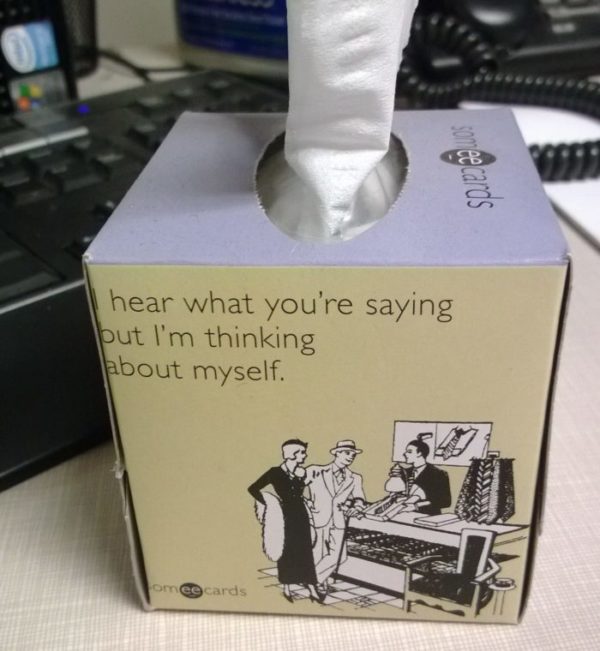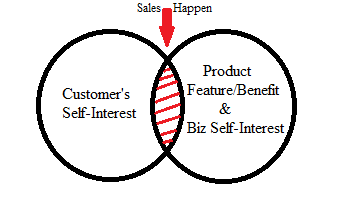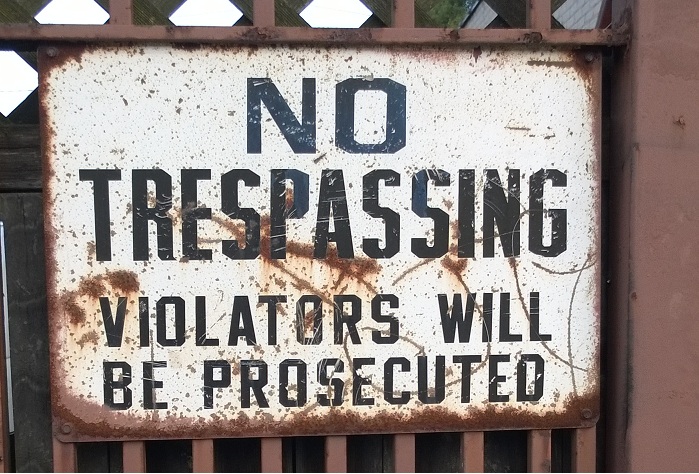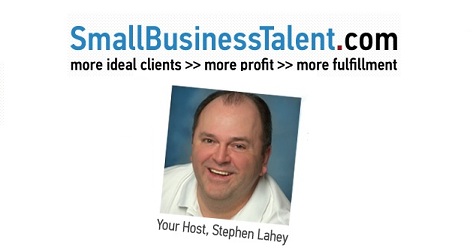Don’t forget to read Part 1.
The Main Qualifier
Whether they’re aware of it or not, every single person on this planet is on a quest. This quest is defined by the person’s vision of his life, both how he interprets his past and imagines his future. It’s the lens through which he sees himself and his place in the world.
This quest can take all kinds of shapes. To be a millionaire living on a tropical island by the age of 35. A mother of two beautiful children. To be respected by his golf buddies. To “just fit in,” or to stand out from the crowd. To rock and roll all night and party every day.
Please understand, persuasion isn’t about building a vision for its own sake. The images you create with your sales and marketing messages have to complement the hearer/reader/viewer’s vision for his own life. They have to fit that vision and expand upon it. Clarify it. They have to move the hearer further along his life-quest.
For example, painting vivid mental pictures of arthroscopic knee surgery won’t convince anyone to undergo the procedure. (That would probably have the opposite effect, wouldn’t you say?) Rather, images of pain-free movement, the ability to participate in activities you’ve missed out on for years, the enjoyment of an energetic, uninhibited life – that’s what sells.
“That’s Not How I See My Life”
A number of years ago, my wife and I had a disagreement over observing a particular tradition. I wanted to abstain from observing it. She plainly informed me that she would not be married to someone who wouldn’t keep this custom.
“That’s not how I see my life,” she explained.
My bride had a vision for what her life would look like. She had a strong drive to make the vision a reality.
I was driven by the way I saw the future, too. I envisioned myself as a happily married man, and I was just as motivated to make my vision reality. Needless to say, the aforementioned tradition hasn’t been interrupted since that conversation.
That’s the importance of the quest.
Our quest dictates our priorities (in large part); our priorities determine our decisions, including what we buy.
Knowing and Playing Your Role
The kind of heroes people want are the ones who assist them in making their dreams come true. We want heroes who help us become the heroes we envisions ourselves as becoming on our life mission.
Remember: your customer is the protagonist of his own story. You’re a role player helping him overcome the conflict and reach ultimate victory. It’s your job to talk/write your way into the plot of his story.
The question is, how do you do that?
1. Get the attention of people whose story you can transform in a unique way: Your business won’t fit into everyone’s story. That’s cool because you don’t want to get involved in everyone’s story. You need to have a) a clear understanding of the value you can create for your customers, b) who those customers are, and c) how to gain their attention.
2. Paint a picture of the problem: If you talk about the “good life,” people who don’t have it will feel the sting. Alternatively, you could talk about the problem itself. Your message will resonate with those who are struggling through the challenges now, or those who have already given up in despair. If you can use language they’d use to describe their experience, you’ll really strike a chord. They see that you understand them and their difficulties. It’s much easier to trust the advice of someone who knows what you’re going through.
You can inspire those individuals that there’s still hope, and you’ve found it. You’re also the best person to lead them to the source of that hope.
3. Paint a picture of progress: When you build vision in your prospect’s mind of the progress he’s looking for but doesn’t yet have (or doesn’t know how to get), his desire intensifies. It takes on a definite shape, like liquid poured into a bottle which you design. He’ll probably feel it in his gut. He wants that progress, and if you do it right, he’ll see your solution as the best way to get it.
Last week I shared a quote from Gene Schwartz’s Breakthrough Advertising. Let me share another excerpt as an poignant example. It’s a bit lengthy, but compelling. From the Preface to the Boardroom Edition:
This book was first published in 1966…it only sold a few thousand copies. But since it was published I have had people coming to me regularly to tell me that they directly credit reading this book with their making millions of dollars.
… Here is a book that is called Breakthrough Advertising…and yet was used by men who were not in the business of advertising at all, to make more money than most of us ever dream of accumulating.
How did this happen? Why was a publisher, a financier, a manufacturer of novelties, able to make so very much money with a book that is about putting sentences together? (The financier told me that, within one year of obtaining the book, he had raised his net worth from $100,000 to $10 million). Are the sentences contained in the pages that follow actually that powerful? Can they change the fortunes of men so radically? Are they far more universally adaptable than I had first thought…so they are no longer about advertising products, but literally about opening whole new markets for them?
There is a way to develop an entirely new market for a new or an old product. That way involves a certain number of clearly-defined step. And in this book I show you every single one of those steps…
We are, in a phrase, “Market Makers”…
So, this book is not about building better mousetraps. It is, however, about building larger mice, and then building terrifying fear of them in your customers. In other words, it is about helping to shape the largest and strongest market possible, and then intensifying that market’s reaction to its basic need or problem, and the “exclusive” solution you have to offer it.
Ask Rodale Press–for whom I sold over twenty million dollars of a single book…
Creates some nice images, right? After reading the preface, it’s hard for an entrepreneur or marketer not to be excited about reading the rest of the book.
As you can see, better words paint sharper pictures. Vivid images are the holy grail of desire intensification. Don’t slack off in this area.
In Part 3 we’ll wrap up this short course on desire intensification. Until then, think about the pictures you paint. Think about how what you’re learning about your customers’ desires can make bolder, brighter and clearer visions in their minds. Then work on improving the words and sentences you use to win your customers over.







